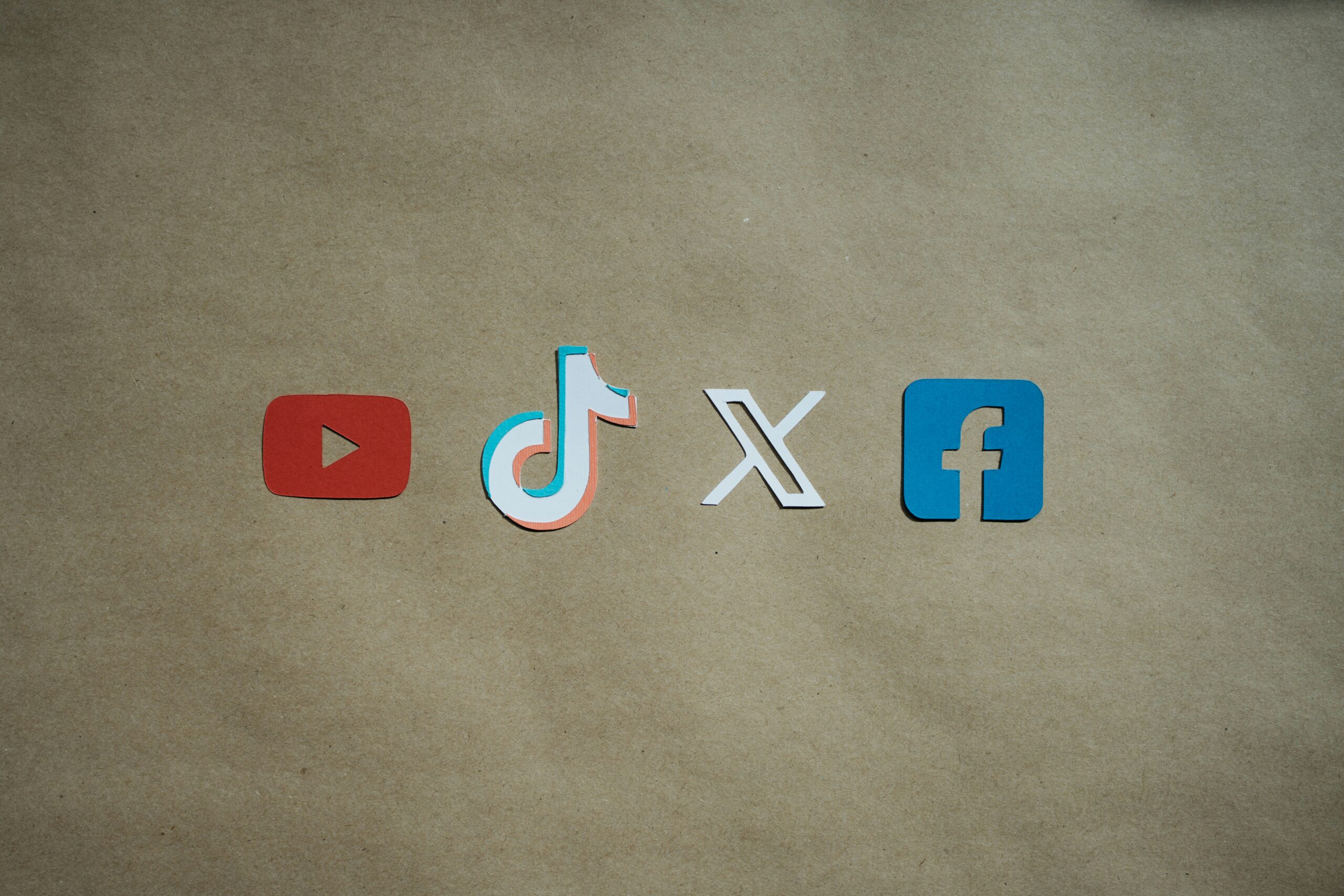Leveraging LinkedIn, Twitter, Instagram, and YouTube—and staying compliant in the U.S. regulatory environment
Explore seven science-based social media strategies to elevate U.S. pharma brands. Learn how LinkedIn, Twitter, Instagram, and YouTube can boost thought leadership, HCP trust, and patient education while maintaining FDA compliance.
Introduction
Pharma brands face a unique challenge on social media. They must build trust, avoid missteps, and play by FDA’s rules—all while creating meaningful connections. A well-executed social strategy can boost brand credibility and educate while staying within legal boundaries.
These seven strategies have proven effective in the U.S. pharma landscape—balancing compliance with innovation and human connection.
Strategy 1: Thought Leadership on LinkedIn
Why it matters:
LinkedIn has become the primary platform for professional healthcare audiences. A strong presence can amplify a brand’s voice in therapeutic communities.
Key tactics:
- Publish long-form, peer-reviewed summaries of new data
- Share leadership interviews and expert insights
- Encourage employee advocacy to extend reach
Example:
Pfizer’s LinkedIn channel shares posts from clinical leaders and participating KOLs, highlighting trial discoveries and educational webinars.
Compliance context:
- Include clear disclaimers: “FOR HCPs ONLY. NOT FOR PROMOTIONAL USE IN THE U.S.”
- Avoid overt product claims—link instead to peer-reviewed articles or registries.
Strategy 2: Real-Time Engagement on Twitter
Why it matters:
Twitter offers a rapid communication tool for live conferences and Q&A sessions.
Key tactics:
- Use hashtags like #ASCO24 or #ADA24 during relevant events
- Host AMA (Ask Me Anything) sessions with research leaders
- Engage scientific communities with data snapshots
Example:
A biotech company live-tweeted topline results during a late-phase trial readout, sharing context without statements about efficacy, linking to press release for full data.
Compliance context:
- Include risk statements in images or alt text
- Keep messages factual and link to full disclosures or clinical trial registries.
Strategy 3: Visual Storytelling on Instagram
Why it matters:
Instagram reaches patient and caregiver audiences via relatable visuals and short videos.
Key tactics:
- Share behind-the-scenes of lab routines or clinical trial support teams
- Post short educational reels explaining MoA without prescribing instructions
- Use patient-first visuals: not explainer graphics, but human stories
Example:
A multiple sclerosis medication brand profiles a trial coordinator on Stories—highlighting the human side of trials, not prescribing protocols.
Compliance context:
- Include on-screen captions with indication and risk phrase
- Keep CTAs neutral: “Learn more at [link]” for redirect to corporate site
Strategy 4: Educational Video Series on YouTube
Why it matters:
YouTube offers extended storytelling space for disease education and product mechanics.
Key tactics:
- Develop 3–5 minute explainers featuring medical reviewers
- Include subtitles and balanced benefit/risk information
- Create playlist structure: disease overview → treatment options → patient support
Example:
A biotech brand released a video titled “Understanding Rare Disease X” featuring a SME-led whiteboard explanation, complete with branded introduction and simple compliance notes.
Compliance context:
- Avoid displaying off-label use
- Show both benefits and side effects in the same video
- Link to Prescribing Information in video description
Strategy 5: Patient-Centered Microcontent
Why it matters:
Short posts, infographics, or quotes can strengthen emotional resonance with patients and caregivers.
Key tactics:
- Share quotes from trial participants (“It helped me walk again”)
- Use infographics to explain clinical stages (e.g., Phase III summary)
- Repost trusted advocacy group content with permission
Example:
A psoriasis treatment account reposted before-and-after photos from consenting patients, with captions: “These images come from trial participants under IRB consent.”
Compliance context:
- Secure written patient consents
- Include reminders: “Individual results may vary”
- Avoid implying guaranteed outcomes
Strategy 6: Linked Campaigns with Landing Pages
Why it matters:
Driving traffic from social platforms to compliant content hubs ensures message control and data tracking.
Key tactics:
- Create clickable ads leading to disease-state education without product promotion
- Use gated white papers (“Download clinical insights”) preceded by an opt-in form
- Segment landing page messaging by audience: HCP vs. patient
Example:
A campaign targeting rheumatologists aired on LinkedIn and drove traffic to a microsite offering in-depth research content, clearly labeling the material for professionals only.
Compliance context:
- Include risk/benefit summary upfront
- Store opt-in records securely
- Keep product claims tied to labeled indication
Strategy 7: Monitoring, Response & Audit
Why it matters:
Conversations continue after your post goes up. You can’t ignore comments, fullstop.
Key tactics:
- Use social listening tools to detect off-label mentions
- Respond using pre-approved content—never off-the-cuff
- Archive comments and responses for audit
Example:
During an asthma inhaler campaign, the brand team proactively corrected a commenter who misquoted dosage—using template language linking to prescribing information.
Compliance context:
- Train community managers on escalation process
- Log response content, date, and platform
- Maintain a 6-year archive per FDA requirements
A Compliance Framework
All social content should follow this process:
- Editorial review: Med‑Legal sign‑off before posting
- Balanced messaging: Benefit and risk together
- Platform compliance: Understand each platform’s rules (e.g., Twitter’s max characters)
- Archiving: Use Veeva Vault or similar tools for transparency and audit
Conclusion
Social media holds vast potential for pharma brands ready to engage thoughtfully. These seven strategies combine smart platform use with rigorous compliance and authentic voice. The result: trusted connections with HCPs and patients alike.












Leave a Reply